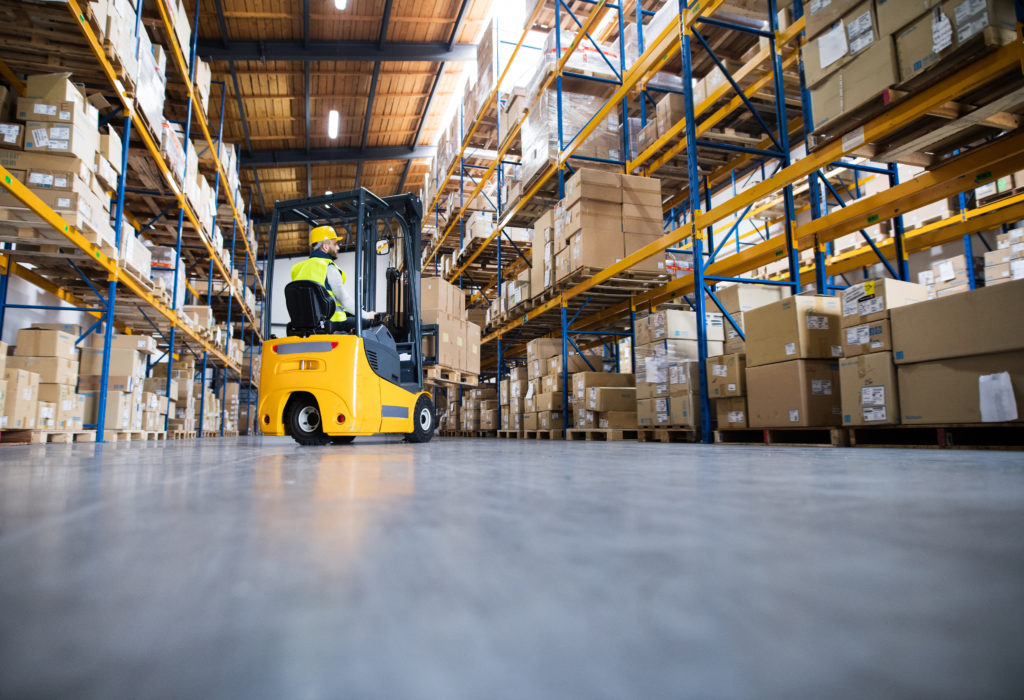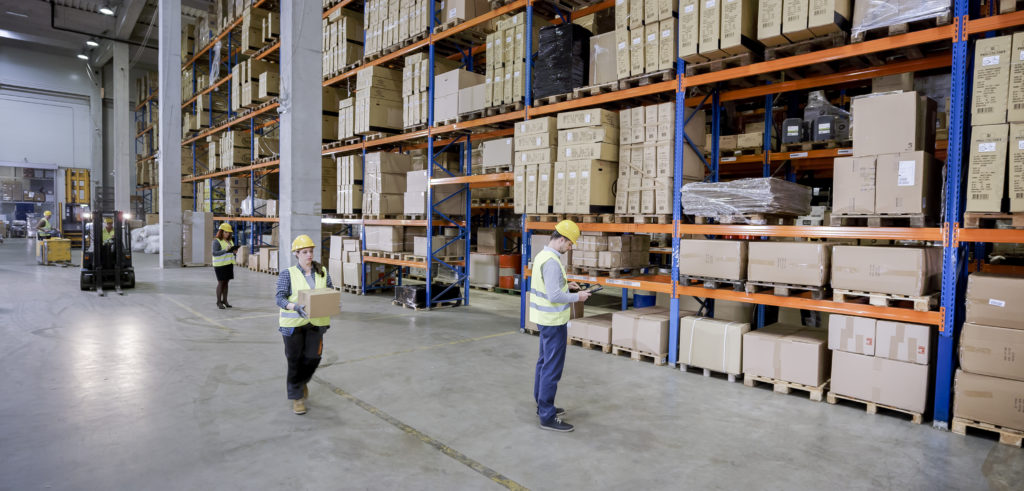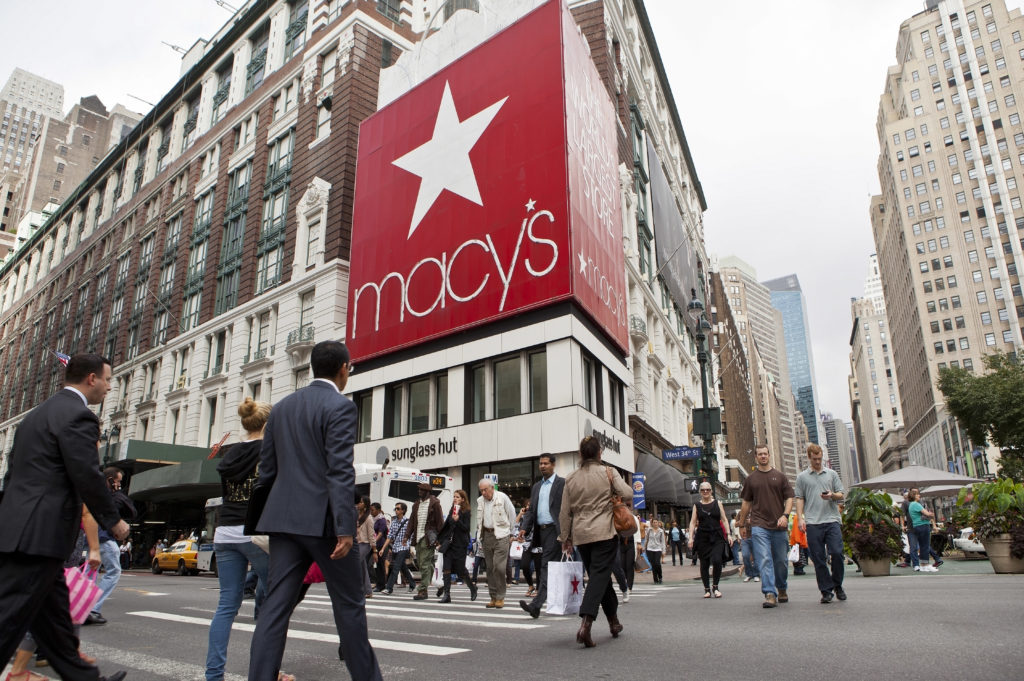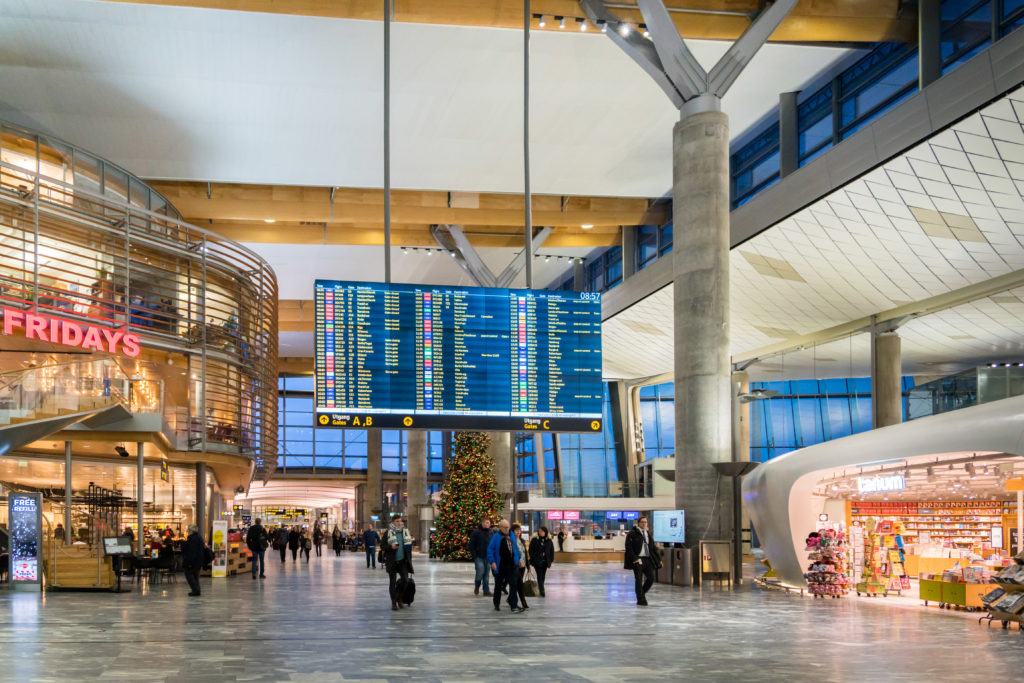It’s 2019 and experience is everything. The focus on experience has been steadily growing, and it’s become a full-blown obsession in nearly every major industry. CRE is no stranger to the concept of created experiences, and some sectors are totally dominating the game.
Let’s look at how these 4 rockstar CRE industries are utilizing created experiences to stay current and attract business.
Retail
Out of all of CRE’s sectors, the most avid participant in the wave of experience is retail. Due to the ever-changing market and the new age of consumerism, retail has been forced to undergo major reconfigurations. As we move into an increasingly digitized society, consumers are now able to easily order whatever they desire in one click or less.
As a result, the entire industry needed to step it up to meet the era’s expectations. In order to do so, consumer experience became the driving force fueling modern retail efforts. A A REIT analyst talking to the Wall Street Journal states, “Mall tendency has changed. What hasn’t changed is the human desire to socialize”. Cultivating an experience with the shopping framework has become retailers #1 priority for 2019 and beyond.
Multifamily
Experience is also big in CRE’s multifamily realm. This is seen in amenities, special features, and other key components that accentuate the overall living experience for residents. Elements such as spas, gyms, pools, game and recreation rooms, and sports areas are all being expertly designed into multifamily plans.
Technology is playing a large role in creating these areas of experience. What you see are high tech features which make these areas interactive, responsive, and intuitive to the user. This establishes a unique and valuable experience – able to set brands apart from competitors.
Office
As the world around us continues to provide exceptional experiences, it’s popping up as an important concern in some unexpected CRE sectors. As Millennials continue dominating the workforce, the office sector has changed its values to resonate with this confident and innovative generation.
Across the board, more and more companies are working to improve their brand culture. When 78% of the workforce strongly values a positive employee experience, it’s hard to ignore. By enhancing the professional experience, they seek to create a workplace where staff members feel happy, work productively, and feel valued. Companies are specially designing office spaces to create these experience areas and better accommodate the new era of work culture.
Industrial
The influence of experience is slowly seeping into the industrial market. It’s common to see interactive opportunities popping up within industrial properties that coincide to the company’s focus.
This means on-site activities, such as tours or tastings, also extends into companion business-beer gardens within breweries our coffee shops inside of roasteries. This provides a whole new realm of business that is focused on providing an extraordinary and unique experience for our clients.
Cultivating experiences is essential in our contemporary world. While humanity’s values and preferences change, industries need to adapt and find new ways to appeal to the public. What experienced-based trends are you most interested in?















